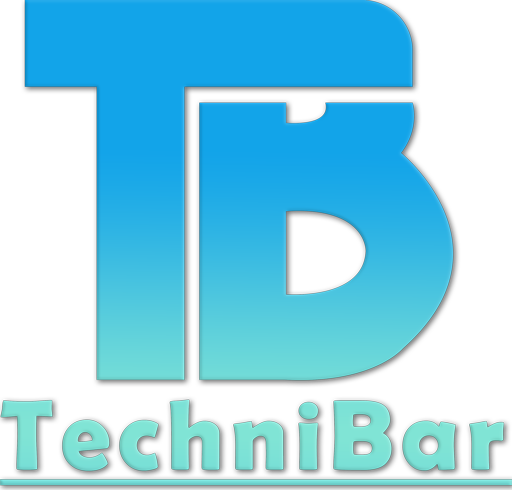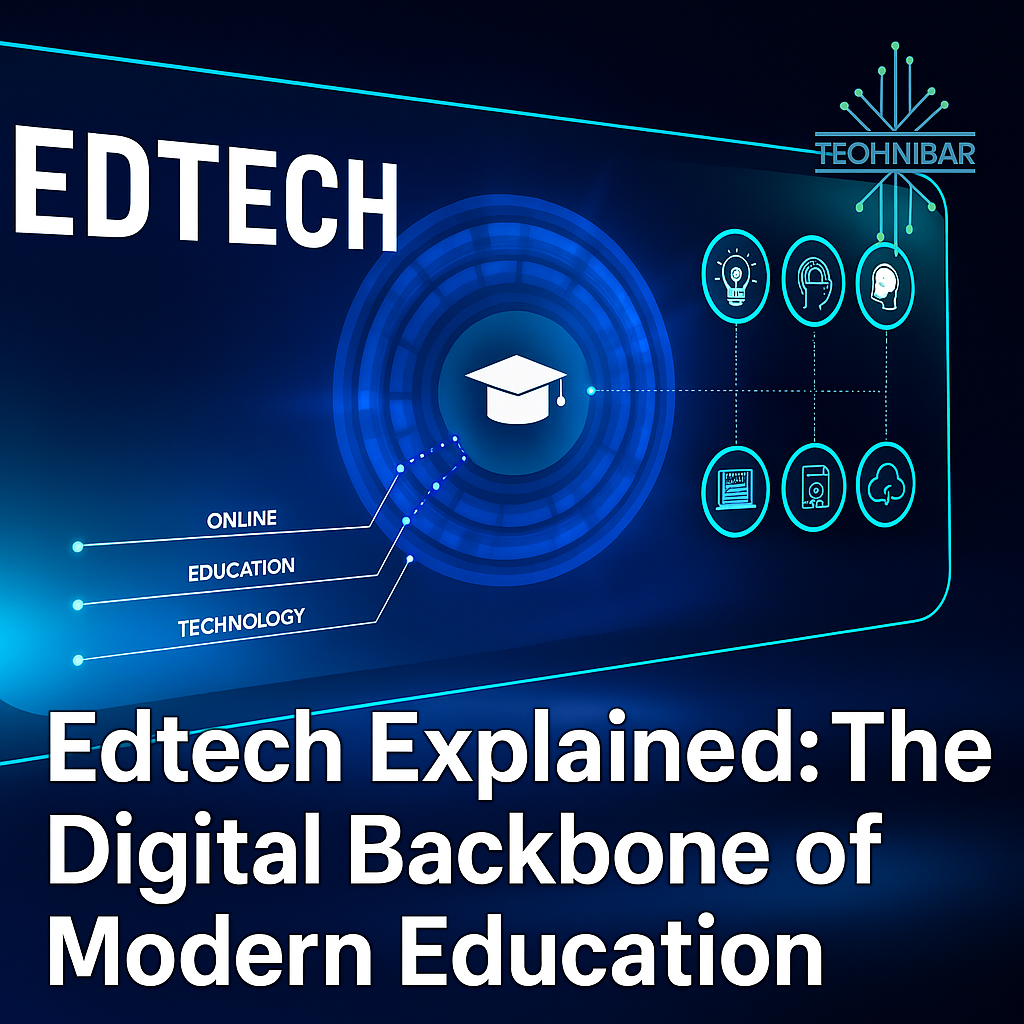The Father of Educational Technology is Jan Amos Comenius, because he introduced the use of visual aids, media, and systematic teaching methods in education. Patrick Supplies and Richard Atkinson where they used computers to teach math and reading. The main purpose of edtech is to make education more accessible, interactive and personalized. Edtech uses digital tools, software and tech to improve teaching, learning, and educational technology. The demand for edtech solutions has accelerated significantly in recent years after the COVID-19. AI tools play an important role in edtech. EdTech has always been about using the best tools of the time to make learning easier, faster, and better.
Define Edtech?
Educational technology is abbreviated as Edtech. It is a combination of softwares, hardwares and teaching practice in order to develop accessible, more interesting, and effective learning. Involves the utilization of digital gadgets and materials in assisting and enhancing instructions and learning. EdTech is a high-paced field and new technologies/applications appear daily, revolutionizing the way education has been done previously.
Some examples of Edtech include:
- Learning management system
- Online learning platforms
- Virtual classrooms
- Mobile apps
- AI tutors
The Rulebook of Digital Learning: Principles of EdTech
EdTech Principles are the basic rules and guidelines that explain how technology should be used in education to make teaching and learning more effective, accessible, engaging, and innovative. Some principals include:
Accessibility of Education
Edtech should be accessible to all students, regardless of their abilities for disabilities. Edtech provides equal opportunities to all students. Technology should reduce gaps between rich and poor, rural and urban students.
Interactive Engagement
Interactive Engagement in EdTech refers to engaging in learning in an enjoyable way that is two-way and practical that involves students in the learning rather than being a target of listening to in some courses. Interactive engagement is so vital to enhanced learning and retention.
Personalized learning
The Personalized Learning in EdTech refers to introducing the technology into the process of adapting education to the skills of the learners, their pace, needs and interests. AI driven platforms analyze students progress and adapt accordingly.
Fostering Collaboration
The concept of Collaboration in EdTech is how digital tools and platforms can be used to enable students, teachers, and even global learners to learn, collaborate, and solve problems often as a team.Makes education more interactive and social.
Efficiency
Efficiency in EdTech is about ensuring that teaching and learning is quicker, smarter and more productive and wastes less time, effort and resources using technology. Doing more work with less effort and time.
Tech-Driven Teaching: Exploring Applications of Educational Technology
EdTech is not limited to schools or universities; it has applications across all educational levels and industries.
1. Learning management system
A Learning Management System (LMS), is the authoring, delivery and administration of educational or training programs. Encourage collaboration through forums and group projects. Learning management systems make learning organized and efficient. In other words, a one stop online hub for teaching, learning, testing and communication.
2. Online learning platforms
Online Learning Platforms refer to online environments where students study learning materials based in the online world (courses, lectures, tutorials, and training programs). They enable slower, flexible and worldwide learning-anytime, anyplace. Digital classrooms that connect learners to knowledge and skills globally.
3. Virtual classrooms
A Virtual Classroom can be described as an online course in which teachers and learners can interact together in real time through the internet. It is exactly the same as a regular classroom, only it takes its form in digital format through video conference, chat, shared white boards and collaboration tools. A real time, interactive, online environment where educators and learners congregate and share, learn, and communicate a digital version of the physical classroom, yet online.
4.Artifical intelligence
Artificial Intelligence (AI) in EdTech is the use of smart computer systems which are capable of analyzing data, learning, and supporting teachers/students. Technology-driven adaptive education that supports teaching and learning by students and teachers.
5.Mobile App
Mobile Apps in EdTech refer to educational applications developed specifically on smartphone platforms and tablets- a combination of both smartphones or tablets where students and teachers can learn, ask, and collaborate anywhere anytime.
Unlocking Opportunities: The Benefits of EdTech
There are many benefits but generally given below:
Flexibility
Liberation in the time, methods and speed of education, which enables it to be more personalized to that particular people.
Motivation
Applying technological tools to maintain a hype in students and make them feel motivated towards their learning process.
Life-long Learning
Lifelong learning refers to the act of acquiring new knowledge, skills and abilities all through the life of an individual- it is not only learned when one is in school or a university.
Real-time Feedback
In EdTech applications, real-time feedback is the ability to offer immediate feedback to a student action, answer or performance during a learning activity.Learners can find out immediately where they made a good or bad step at the expense of waiting for the teachers to mark their assignments.
Breaks in the Digital Blackboard: EdTech Problematic
In spite of numerous benefits, EdTech has a list of issues that must be addressed as well.
1. Assessment Challenges
In the context of EdTech, assessment means the measurement of a student’s learning, understanding and performance with the help of educational digital tools and platforms. Although technology gives us the scalable and faster assessment opportunity, it is also associated with a number of challenges.
2. High Cost of Implementation
Some of these applications are not free, but mass implementation of EdTech will mean large investment into infrastructure, software, and training.
3. Lack of Teacher Training
It is not within the technical capability of many educators to operate on the more advanced tools.
4. Technical Issues
With EdTech, technical challenges are included:
- SLOW internet slows down online classes.
- Learning flow is tested by the problems of software and compatibility.
- Cyber threats such as hacking, phishing or leaking of students or in institutions are threats to students and institutions.
5. Cultural and Language Barriers
Most EdTech platforms are developed in English or dominant languages, which creates problems for non-native speakers.
Future-Ready Learning: The Evolution of EdTech
EdTech has a very good future ahead and technological advancement is the key to making learning more immersive, inclusive, and efficient. These are some of the future trends:
Artificial Intelligence Education (AI)
AI being applied will customize learning trajectories, give feedback in real time, and serve as digital tutors.
AR and VR
Immersive technologies will make ideas abstract and imaginative, for example, virtual science labs or 3D lessons in history.
Edutainment and gamification
The learning process is going to be more game-like which means a high involvement of the students.
Credentialing Blockchain
Blockchain is able to offer tamperproof and secure digital certificates and transcripts.
International online universities
Schools will not only have to deal with competition by fully online, fully accredited universities, but will have to grapple with plunging demand.
Lifelong Learning Model and Hybrid Model
On and offline learning would be mixed and this shall allow ongoing learning at every phase of life.
Conclusion
EdTech has become much more than an accessory tool appearing in the curricula of contemporary education. It does not only improve the learning experience, it democratizes education and makes it universally available to students all over the world. Nevertheless, to realize its full potential, such issues as digital divide, content quality, and teacher training have to be considered. When utilized well, EdTech can create a diversified, skill-based, innovation-centric education system that can equip the future learners to face the demands of the day.
FAQS
1. What is important about EdTech?
EdTech makes the learning smooth, quick and interactive. Students are enabled to access education wherever they are, and the teachers can convey their classes better.
2. What is the distinction between EdTech and conservative learning?
The classical learning takes place in the physical classrooms and book and board. Learning via EdTech relies on digital tools, applications, and online platforms and is flexible and interactive.
3. What are the EdTech tools?
Some examples would be Google Classroom, Coursera, Khan Academy, Duolingo and learning management systems (LMS).
4. Is technology a substitute for teachers?
No. EdTech will assist teachers yet it cannot substitute the work of the human being in terms of guidance and encouragement.
5. What is the relevance of EdTech nowadays?
It also renders education to be flexible, interactive and accessible to everyone.















